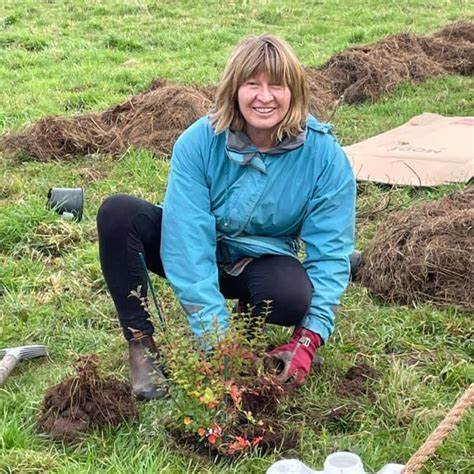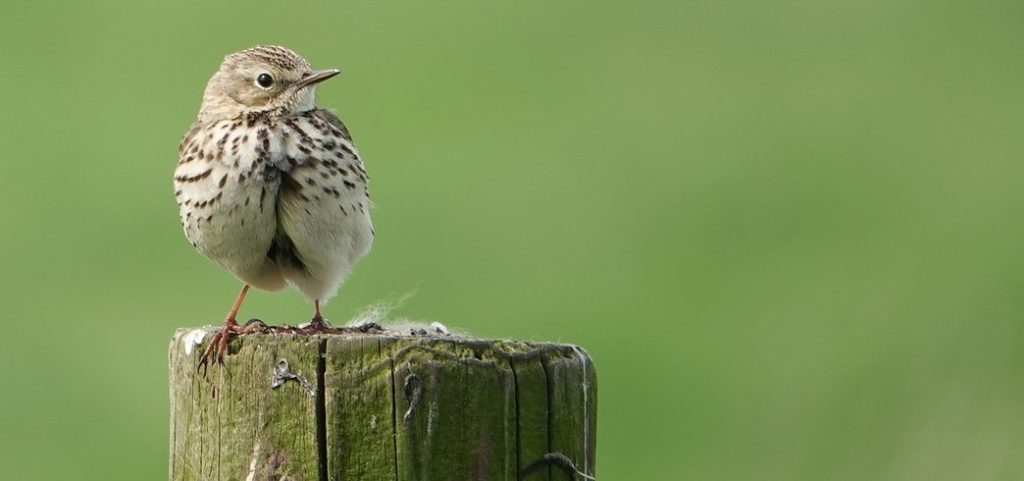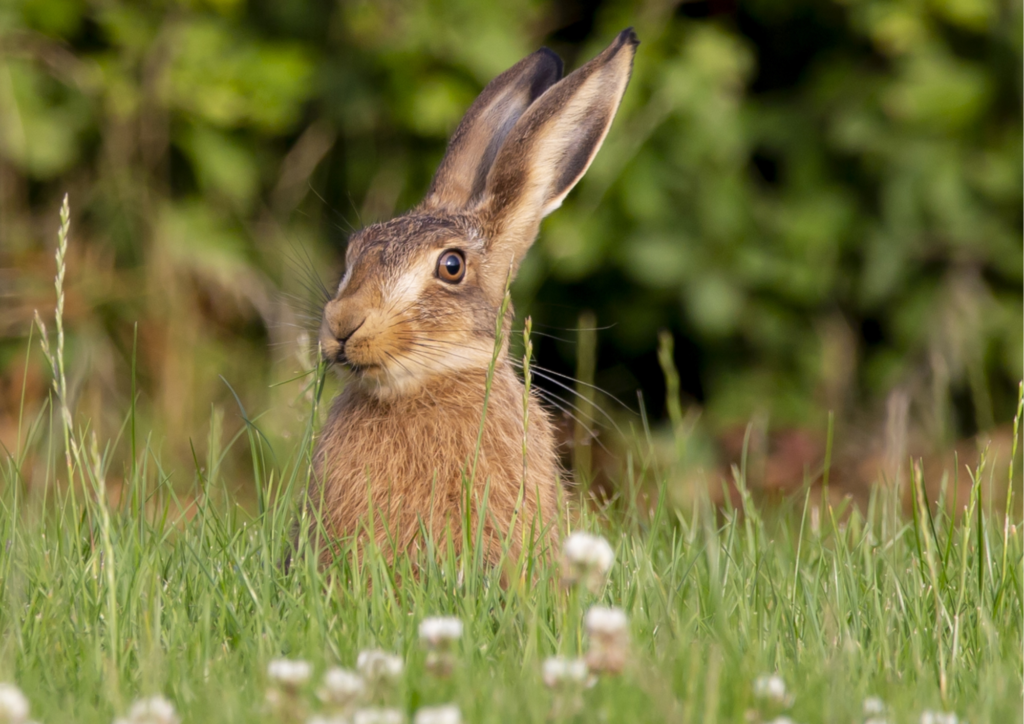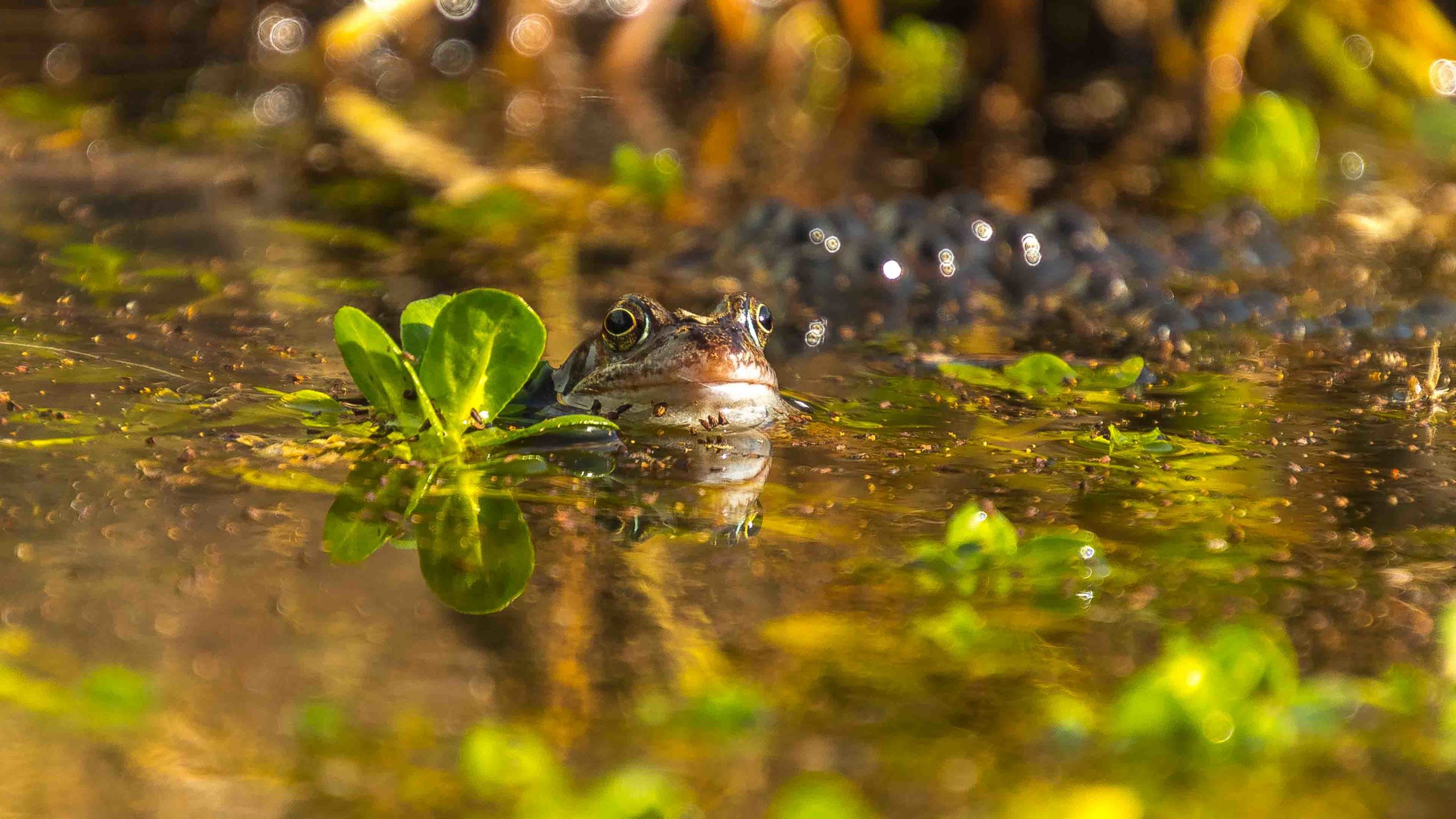Latest progress update
We have been working in collaboration with the Somerset Local Nature Partnership, working closely with numerous stakeholders and engaging with communities, farmers and landholders to help shape the development of Somerset’s Local Nature Recovery Strategy.
We have begun mapping opportunity areas in Somerset that could be used for future nature improvement projects to give nature the best chance for recovery.
Please visit Somerset Local Nature Recovery Strategy – progress update page to find out more.
About the strategy
We are working on a Local Nature Recovery Strategy (LNRS) for Somerset to provide a single vision for nature recovery and set out our local priorities and opportunities for nature.
Lead Member for Environment and Climate Change, Councillor Dixie Darch, spoke to Steve Haigh at Radio Ninesprings. She inspired listeners to get involved with developing Somerset’s Local Nature Recovery Strategy and reminded us how we can all get closer and more in tune with nature. Listen in and find out more in the recording below.

Local Nature Recovery Strategy Survey
In a recent public survey conducted between January and the end of May 2024, Somerset residents were asked about their priorities regarding Somerset’s natural environment. If you participated in the survey, thank you for sharing your views.
We are gathering information and feedback to draft a strategy in the summer of 2024. Following consultation, we aim to publish the Somerset Local Nature Recovery Strategy by spring 2025.
Keep up-to-date

We are publishing articles to help you delve deeper into the natural beauty of Somerset.
Read our latest article
Walking in a winter wonderland
View previous articles
- Our lives are not separate from the natural world
- Exploring Somerset’s nature
- Working together for Somerset’s nature
You can get regular progress updates in our monthly climate newsletter and on Somerset Council’s social media platforms. Sign up to Somerset Environmental and Ecological News.
Why we need a Local Nature Recovery Strategy (LNRS)
Somerset has some of the most spectacular habitats and wildlife in the UK, but our natural environment faces urgent and significant challenges. The recently published Somerset State of Nature Report demonstrates that we need to do much more to reverse the decline in nature and help Somerset’s wildlife to thrive.
Nature has its own value, and we have a responsibility to protect it. A healthy natural environment is also key to our own health and wellbeing. It is the foundation of a productive economy and provides us with food, water, carbon storage, flood control, attractive neighbourhoods, and great recreational and business opportunities.
The UK government has made ambitious pledges to protect at least 30% of land and sea for nature by 2030 (the ‘30 x 30’ target) and we need to play our part in achieving this. All counties in England are required by law to develop a strategy to help nature’s recovery.
The Somerset Local Nature Recovery Strategy will provide a framework for targeted, co-ordinated and collaborative action.

What will be included in Somerset’s Local Nature Recovery Strategy
The Somerset Local Nature Recovery Strategy (LNRS) will provide a single vision for nature recovery and the use of nature-based solutions.
It will:
- Map the locations of our most precious habitats and wildlife.
- Find the locations most suitable for nature restoration and look for the places where the recovery or enhancement of biodiversity could make a particular contribution to other environmental benefits. This could help with carbon sequestration, flood regulation and access to nature-rich spaces for health and wellbeing.
- Set out local priorities and actions for restoring and creating habitats.
- Build and strengthen local partnerships that will be important for implementing the strategy.
How Somerset's LNRS be used
The Strategy will be used to:
- Guide investment into local priorities for protection and enhancement
- Help shape how future funding for farming and land management such as the Environment Land Management schemes will be used
- Map areas of opportunity for the use of ‘nature-based solutions’ to wider environmental problems like flooding, climate change mitigation and adaptation or poor water quality
- Guide mandatory Biodiversity Net Gain (BNG) investments
- Provide a source of evidence for local planning authorities, helping to understand locations important for conserving and restoring biodiversity
Landowners are under no legal obligation to enact any of the recommendations on their land. But it will help direct funding streams, to help realise opportunities for nature recovery.
Developers and planning authorities
Somerset Local Nature Recovery Strategy will be used as a long-term decision-making tool to help guide mandatory Biodiversity Net Gain and other planning tools such as Green Infrastructure.
Farmers and land managers
The Somerset LNRS will be used to inform applications for funding from Environmental Land Management Schemes supporting Somerset’s agricultural sector. It will also help steer opportunities for nature-based solutions such as flood risk management and sequestering carbon through new trees, woodlands and healthier soils.
Information and common questions for farmers, landowners, and land managers.
Somerset residents and communities
We are involving local communities in the development and implementation of the Somerset Local Nature Recovery Strategy. This is to foster a sense of local ownership, responsibility and appreciation for biodiversity.
Businesses and the local economy
Somerset’s Local Nature Recovery Strategy will play an important role in bringing green investment into the county from national and international funding sources. It will also help create local opportunities for Somerset businesses to achieve their environment and social governance (ESG) objectives.

Who is responsible for Somerset’s Local Nature Recovery Strategy?
Each region has its own unique environment and faces different environmental challenges. Defra is funding this work and has appointed local authorities throughout England to create Local Nature Recovery Strategies.
The LNRS in this region is being led by Somerset Council and we have chosen to do this collaboration with the Somerset Local Nature Partnership.
We are taking a collaborative approach and involving a wide range of people and organisations in the development of the strategy. This includes landowners and managers, government organisations, environmental charities, businesses, local groups and communities.
Geographically, the Somerset LNRS will cover the Somerset Council authority area. The other areas of Somerset (North Somerset and Bath and North East Somerset) will be included within the West of England Local Nature Recovery Strategy.
When the Somerset LNRS will be produced
We are in the process of finalising the draft strategy in which we will publish for consultation in spring 2025. Our aim is to publish the completed Somerset Local Nature Recovery Strategy in early summer 2025. Read a more detailed update.

